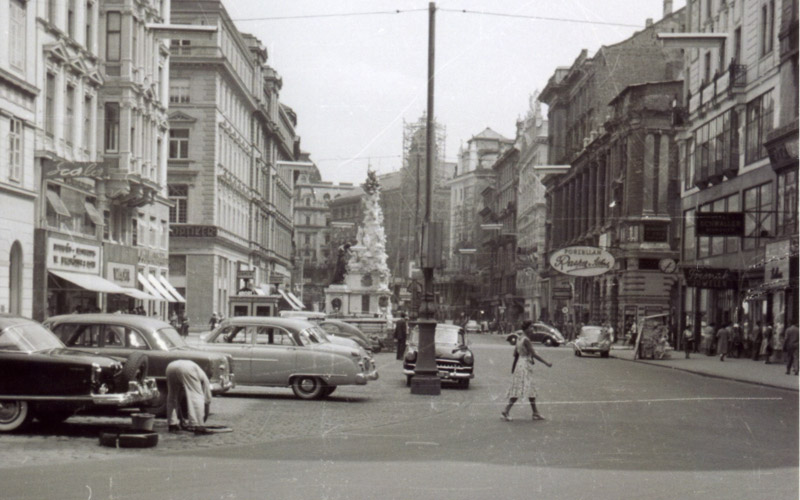People’s heritage and cultural participation

Am Graben, Wien um 1954, © Gerd Hoss / B. Mussil Privatarchiv / vintagevienna.at
Internet, mobile and other digital technologies allow citizens new ways to access, explore and add to cultural heritage collections and websites. But most current information outlets of heritage institutions for citizens are lacking participatory elements. Typically they present an authoritative institutional view and interpretation of cultural heritage objects, which are displayed as “the” heritage of a region or country.
Instead, participatory approaches can enable citizens to use novel technologies in engaging ways, allow them to share their views and own content, and bring together heritage communities, including heritage professionals. The key point is: What counts is what citizens perceive as their heritage, how they relate to it (e.g. lived heritage such as local traditions), and what stories they can tell about heritage objects and places.
There are very different approaches that allow for involving citizens of all age groups in the creative appropriation and use of tangible as well as intangible cultural heritage. Yet, whatever methods and tools are used, the interests, motivations and aspirations of the participating citizens must be considered in the first place. Only truly participatory projects will allow citizens enriching experiences and “telling their stories” in collaborative heritage documentation and communication projects.
